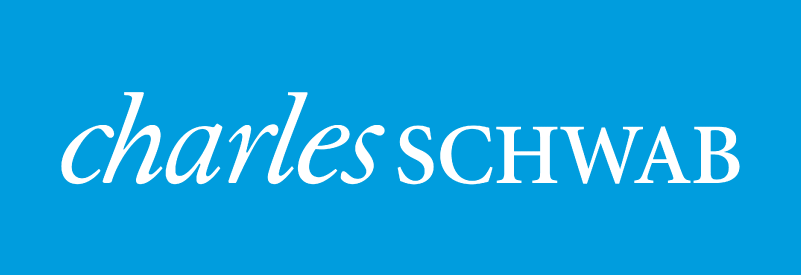Global equity markets continued to rally in April, navigating several high-profile developments throughout the month including a U.S. missile strike in Syria, saber rattling with North Korea, positive results in the French election, and the heart of first quarter U.S. corporate earnings season. Soft inflation data and geopolitical events during the month made U.S. treasury bonds more attractive to investors, pressuring interest rates lower in contrast to consensus calls for rising rates. Emerging markets outperformed developed markets again in April with South Korea and Europe leading the way.
April Market Anecdotes:
- The Q1 2017 blended earnings growth rate for the S&P 500 is coming in close to 15%. This marks the highest (year-over-year) earnings growth since Q3 2011 (16.7%). A high percentage of revenue numbers beating estimates is a bullish sign because top line figures are not nearly as ‘managed’ by corporations. Even ex-energy, the market growth rate is nearly 11%.
- From a technical perspective, global equity markets look encouraging. The S&P 500 is currently featuring robust advance/decline ratios, high percentages of stocks making new 52 week highs, and many stocks trading above their 50 day moving averages.
- Non-U.S. equity markets recent outperformance has caught many investors attention. Fundamentals, cheaper valuations, and relative performance do support a relatively constructive view on international equities. Non-U.S. markets have a long way to go to catch up with the U.S. Ten year returns for the US, Germany, France, and Japan are +59%, -5.4%, -26%, and -9.8% respectively and while the U.S. is trading 50% above its 2007 high, international stocks remain 20% below the same mark.
- Technology stocks have been a standout performer on the month and year to date, pushing the NASDAQ over the 6,000-mark last month. In a nod to the tech bubble, each 1,000-point threshold from 2,000 to 5,000 took 1,095-475-56-71 days respectively to travel the distance. Remarkably, the mere 20% increase from 5,000 to 6,000 took 6,256 days.
- Risk aversion in the form of credit spreads are sending a clear message at this time. In basis point terms, 5-year credit default swaps (CDS) of U.S. and European banks and sovereigns are down 20-30 YTD and 40-50 since Brexit.
- Despite real GDP growth of just 1.6% in 2016, the median S&P 500 company earned a net profit margin of 9.7%, only 40 basis points below the record high established in 2014
- At 2,984 calendar days, this is now the second longest bull market on record for the S&P 500 going back to 1928. In terms of bull market strength, the current bull ranks third all-time with a gain of 254.70%. To move into second place, the index only needs to gain a few more percentage points from here, though.
Economic Updates:
- The Fed’s preferred inflation gauge, core PCE, registered a mere -0.1% growth (m/m) signaling soft inflation pressures for the month of April. Regardless, strong labor markets and improving economic fundamentals have odds of a 25 basis point June Fed rate hike at 74%.
- Q1 U.S. GDP grew 0.7%, falling short of estimates for 1%. The quarter was held down by the weakest showing for consumer spending since the last recession, despite exceptionally strong business and consumer sentiment readings. An interesting observation from Bespoke was how initial Q1 estimate rarely beat expectations – in only 4 of the past 19, 1 of the past 15, and 0 of the last 9 years has Q1 initial estimate beat expectations.
- Consumer spending in April rebounded, registered an encouraging 0.4% rate, the largest gain in three months and a welcomed one after a soft March and Q1 results.
- The April U.S. payroll figure of 211,000 new jobs handily beat expectations and marked a nice jump from the 79,000 number posted in March, dropping the unemployment rate to 4.4%, a level not seen since May 2007. Weekly jobless claims maintained its extraordinary streak of consecutive reports with less than 300,000 claims, the longest such streak since 1970.




Leave a Reply